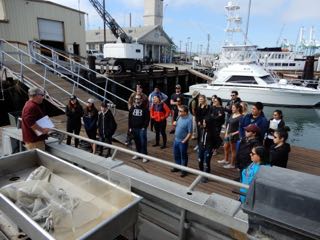
-
| 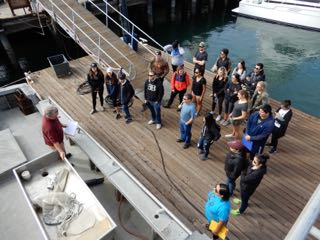
-
| 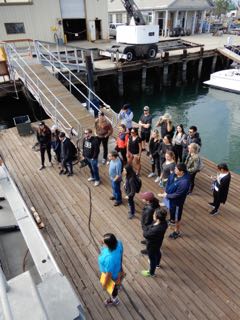
-
|
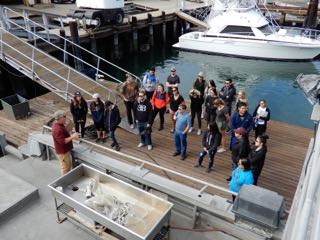
-
| 
-
| 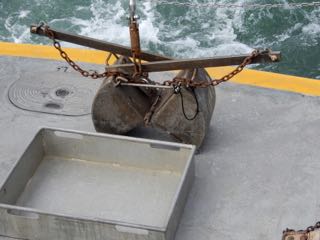
-
|
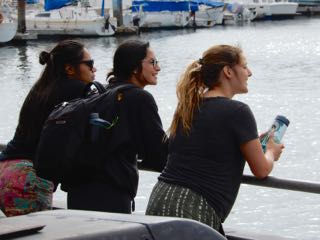
-
| 
-
| 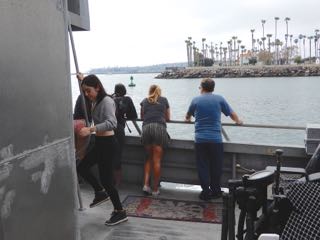
-
|
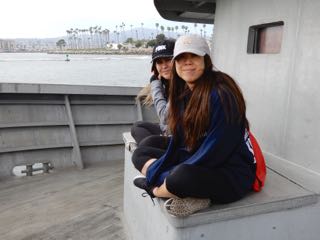
-
| 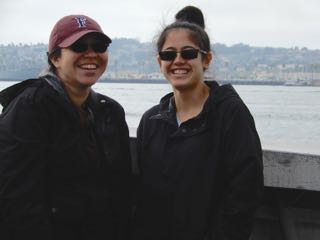
-
| 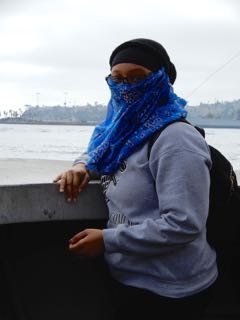
-
|
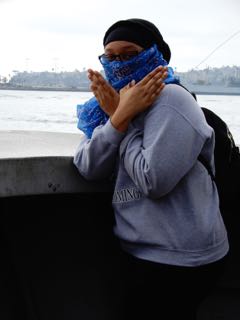
-
| 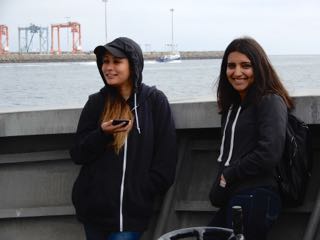
-
| 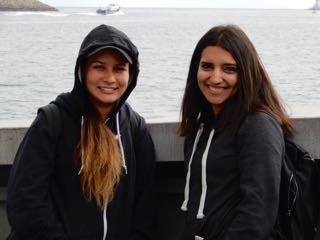
-
|

-
| 
-
| 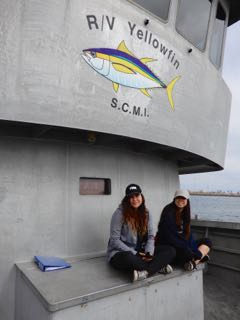
-
|
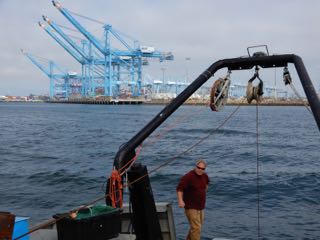
-
| 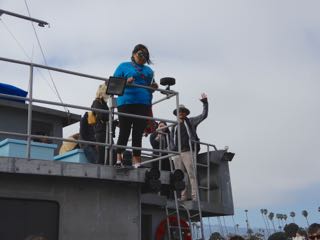
-
| 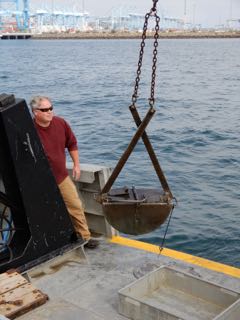
-
|
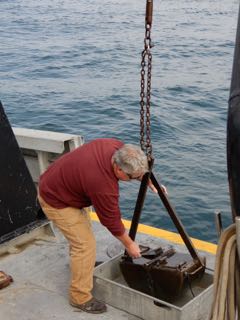
-
| 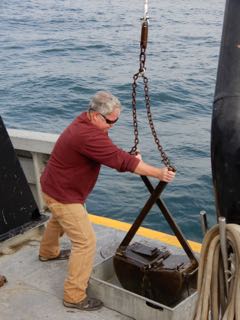
-
| 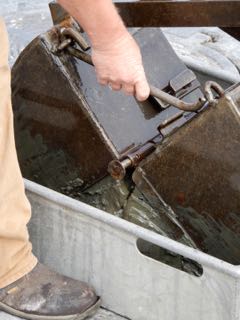
-
|
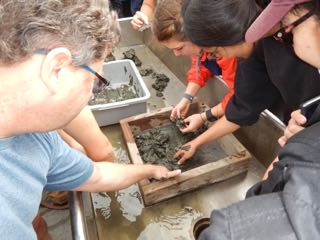
-
| 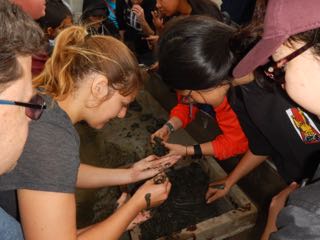
-
| 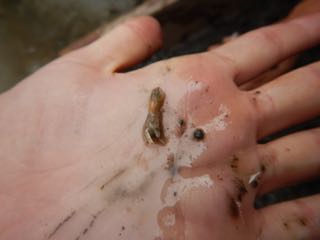
-
|
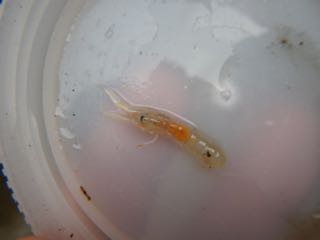
small individuals of the bay ghost shrimp, Neotrypaea californiensis (formerly Callianassa californiensis), the Bay ghost shrimp,
| 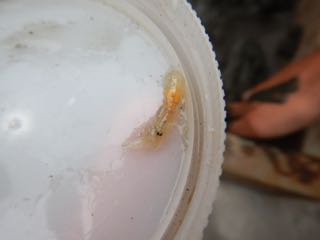
-
| 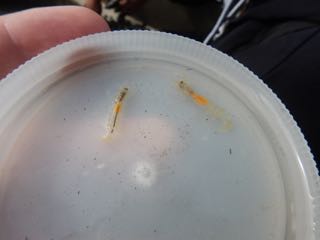
-
|
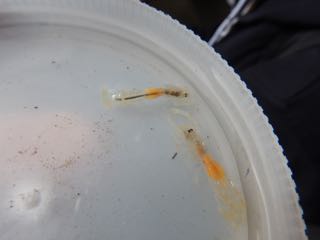
-
| 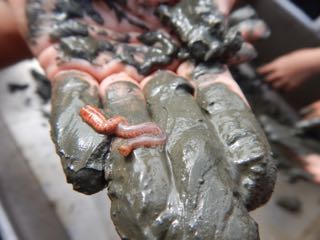
-
| 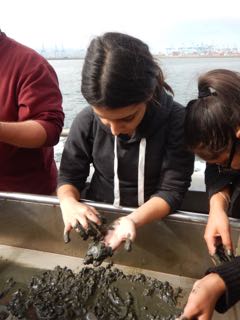
-
|
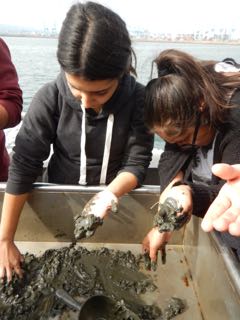
-
| 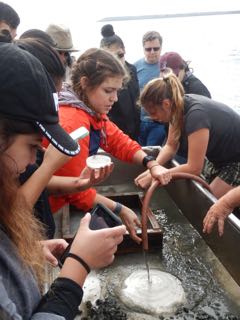
-
| 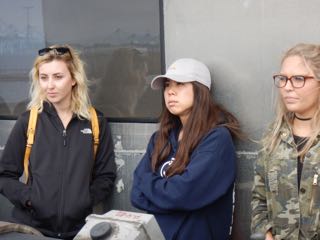
-
|
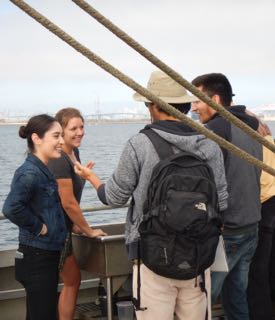
-
| 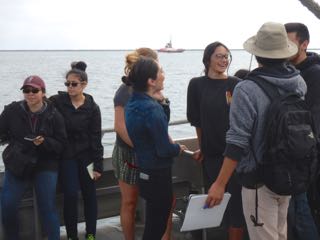
-
| 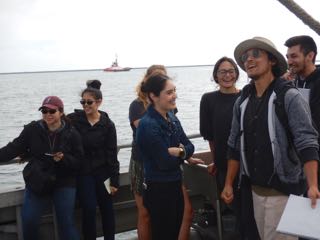
-
|
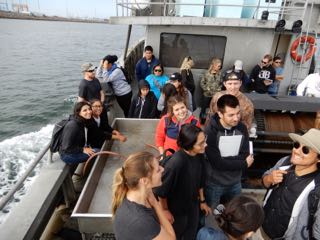
-
| 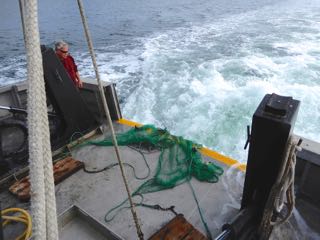
-
| 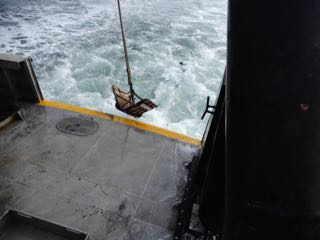
-
|
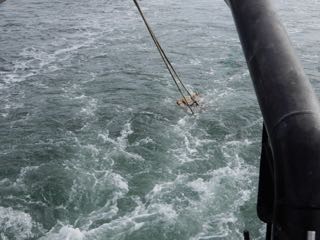
-
| 
-
| 
-
|
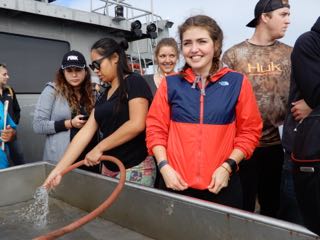
-
| 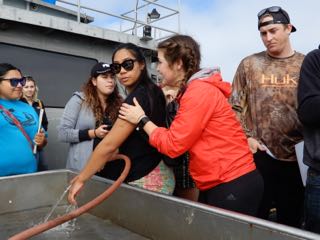
-
| 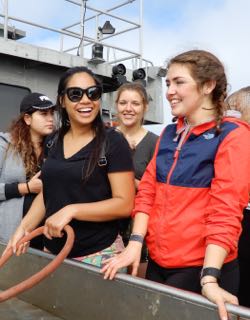
-
|
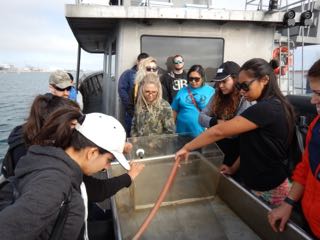
-
| 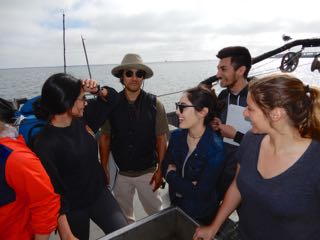
-
| 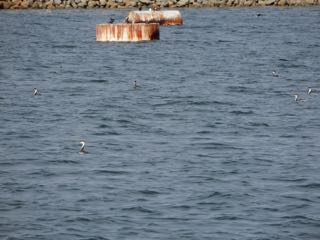
-
|
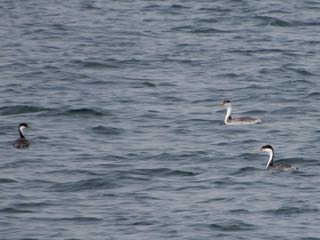
western greebes
| 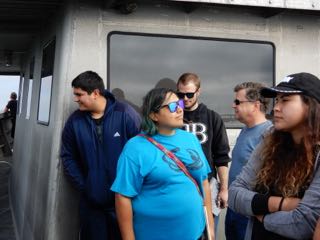
-
| 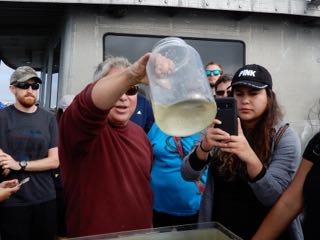
-
|
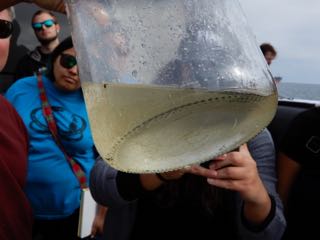
-
| 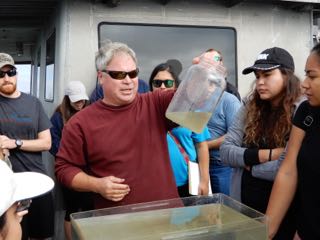
-
| 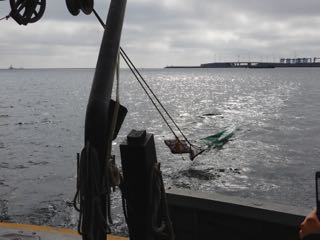
-
|
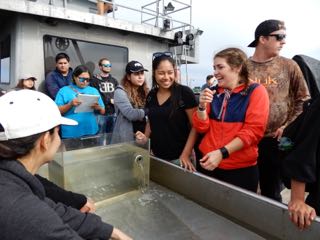
-
| 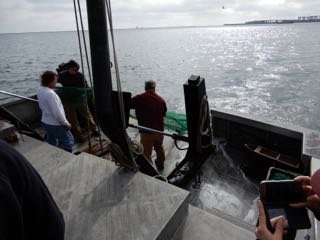
-
| 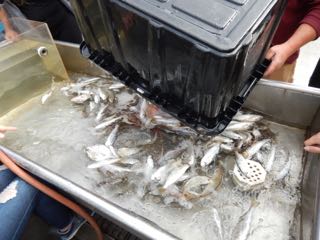
-
|
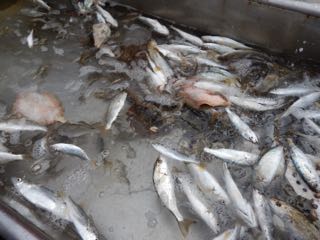
-
| 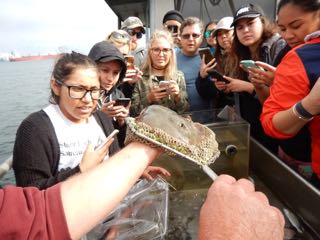
-
| 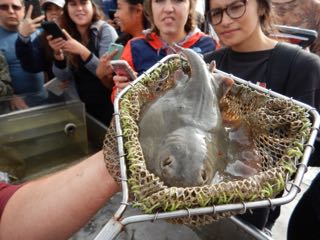
round stingray (Urobatis halleri
|
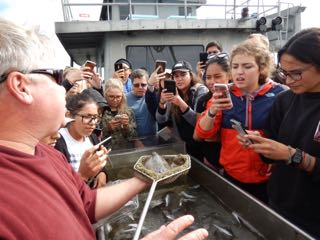
-
| 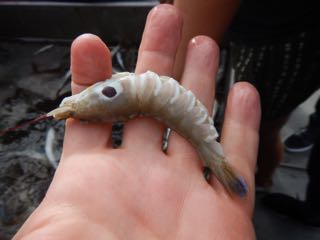
This is a target prawn (Sicyonia penicillata; Sicyoniidae) - thanks to Greg Jensen identification.
It belongs to Penaeoidea but not Penaeidae, and differs from other prawns in having uniramous, not biramous,
last three pairs of its pleopods. A field video of this penaeid prawn is here.
Learn more about Dendrobranchiata prawns or shrimp.
| 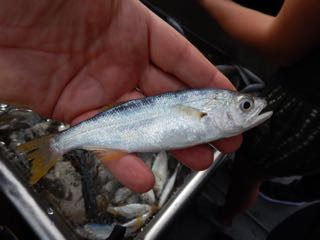
Queenfishes (Seriphus politus) have a larger mouth than the similar and also common yellowfin
croakers (Umbrina roncador).
|
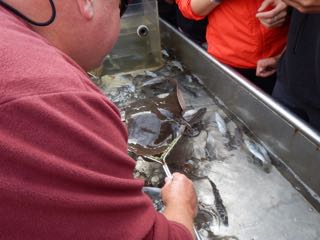
-
| 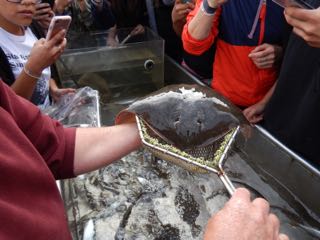
bat ray (Myliobatis californica)
| 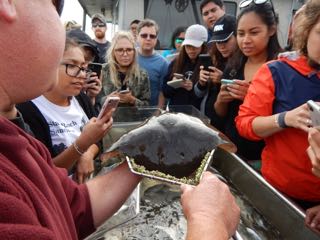
-
|
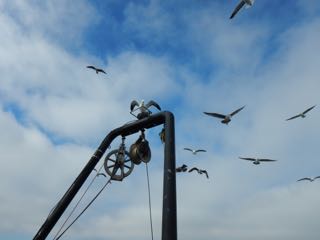
-
| 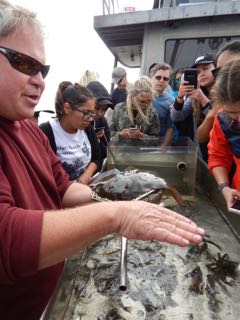
-
| 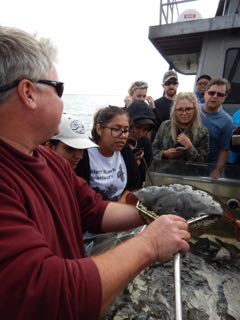
-
|
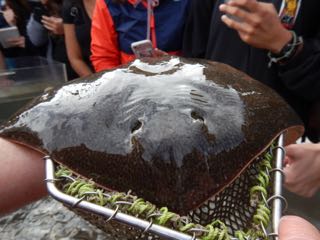
-
| 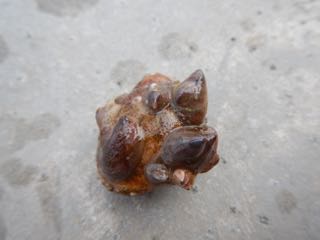
These slipper snails (Crepidula naticarum, Calyptraeidae)
were covering a moon snail shell occupied by a large hermit crab. These slipper snails are sedentary, and quite tightly attached, suspension feeders on plankton,
feeding with their expanded gill analogous to a clam's lifestyle. It is similar to another slipper snail,
C. norrisiarum (normally on a different host, Norrisia norrisii) but differs in that It
has a lopsided face, according to slipper snail expert, Dr. Rachel Collin. One can also carefully tug a preserved snail
away from its shelf under a microscope and, in this species, there is a deep depression under the apex, between the shell margin and where the septum (deck) attaches.
| 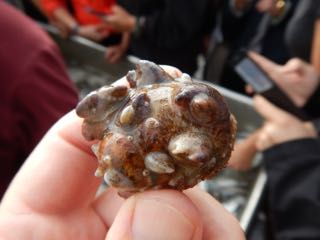
-
|
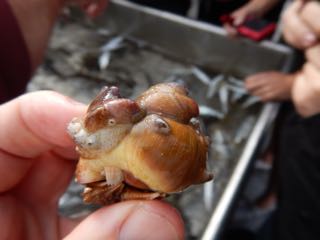
-
| 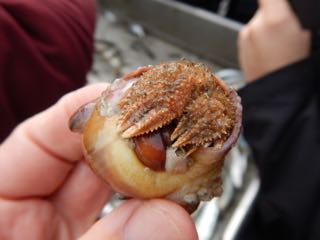
-
| 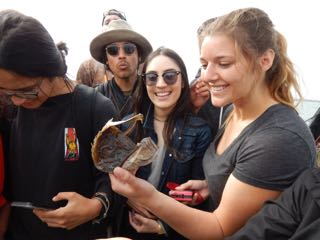
-
|
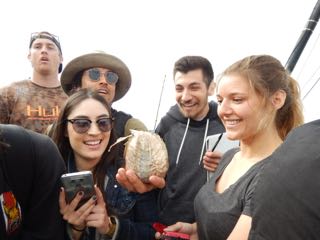
-
| 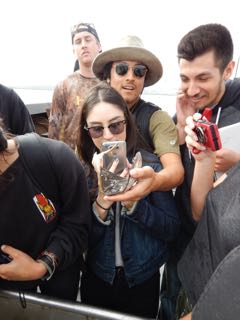
-
| 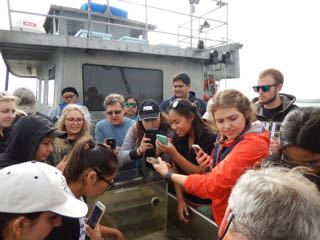
-
|
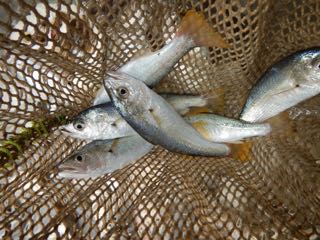
queenfishes
| 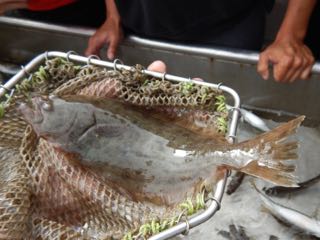
California halibut (Paralichthys californicus)
| 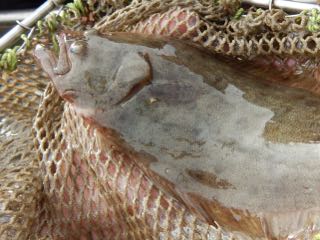
-
|
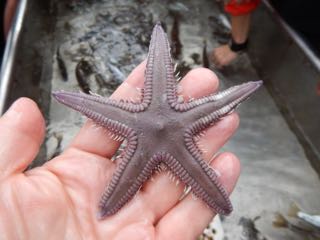
Astropecten armatus (spiny sand star) with anal cone projecting
| 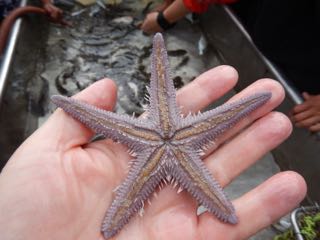
-
| 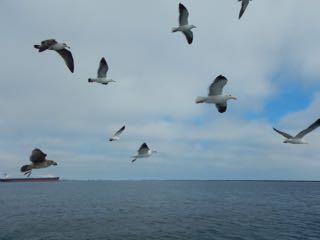
-
|
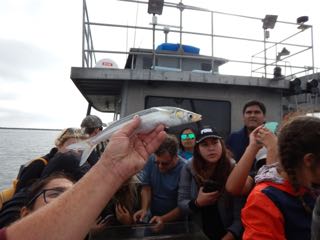
-
| 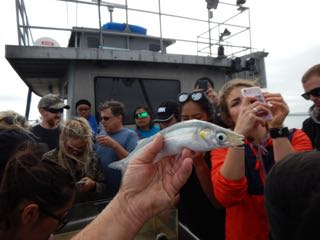
-
| 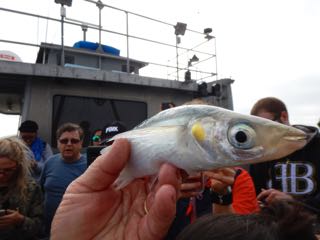
Atherinops affinis (topsmelt silverside)
|
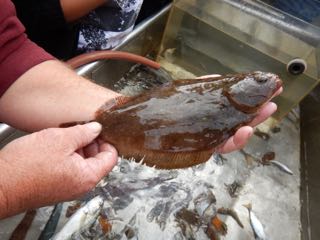
-
| 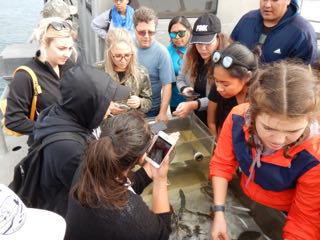
-
| 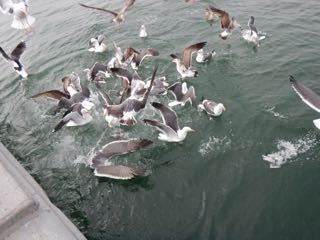
-
|
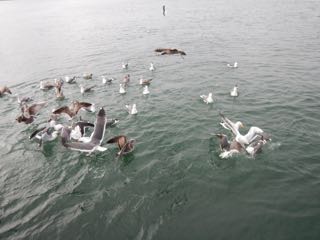
-
| 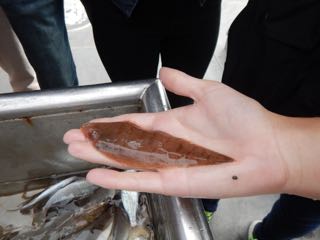
California tonguefish (Symphurus atricaudus)
| 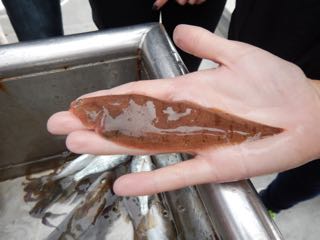
-
|
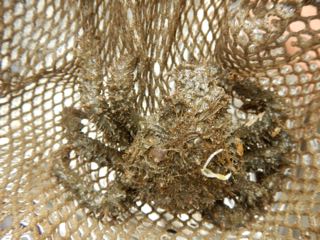
-
| 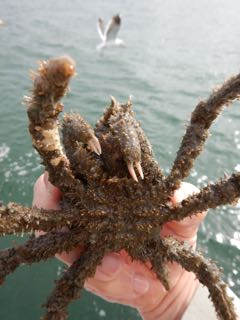
masking crab (L. crispatus) - compare a sheep crab juvenile (Loxorhynchus grandis)
| 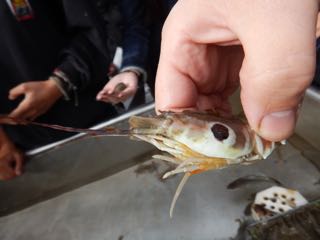
-
|
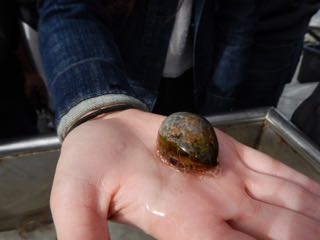
Gould's bubble snail (Bulla gouldiana)
| 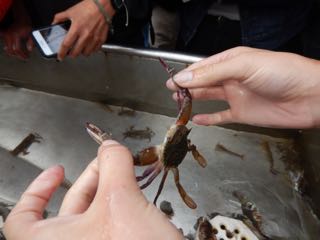
-
| 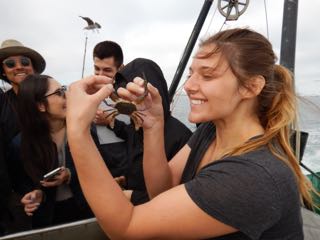
swimming crab (Portunus xantusii)
|
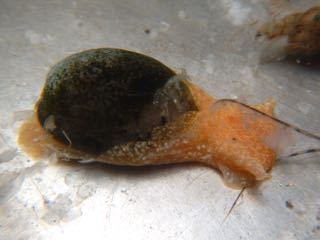
Gould's bubble snail (Bulla gouldiana)
| 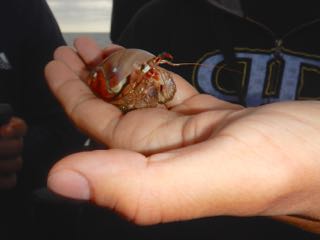
-
| 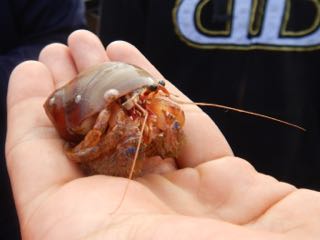
-
|
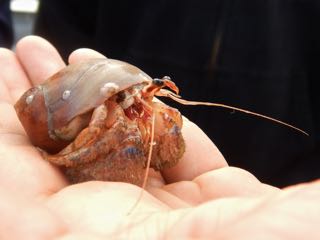
According to Wendy Enright, who gets to sample offshore critters for the City of San Diego, this large subtidal hermit crab is probably either
Pagurus spilocarpus or P. armatus, judging from the big eyes and touches of blue, not to mention not at all shy behavior. Crustacean expert, Dr. Greg Jensen, later identified
confidently as Pagurus spilocarpus.
| 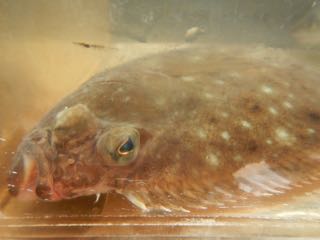
horny head turbot?
| 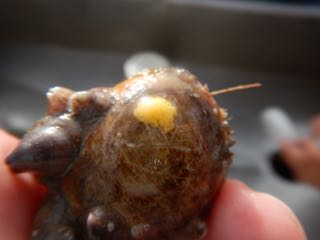
Embryos brooded by removed female Crepidula onyx (see above); three females were brooding of all those inspected.
|
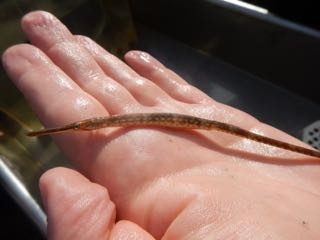
kelp pipefish (Syngnathus californiensis)
| 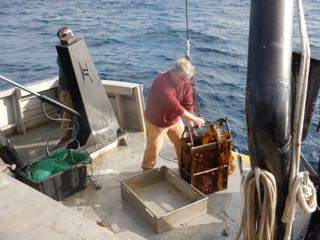
-
| 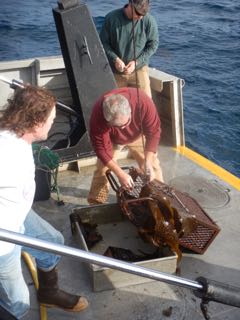
-
|
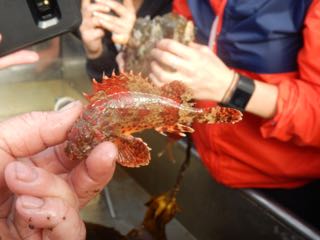
rainbow scorpionfish (Scorpaenodes xyris)
| 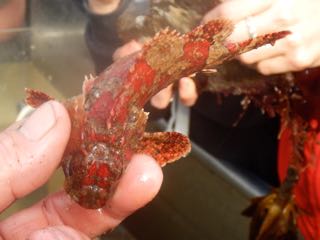
-
| 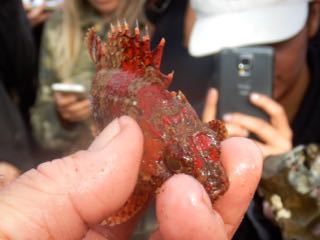
-
|
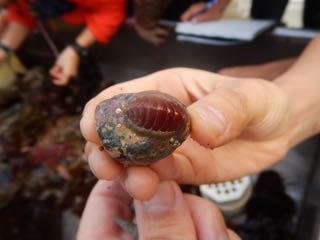
The largest of three chitons that are currently referred to Mopalia acuta.
A study to reconsider this assignment is underway (Eernisse and Draeger, in prep.). This one's solid color is unusual.
| 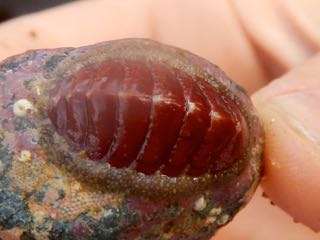
-
| 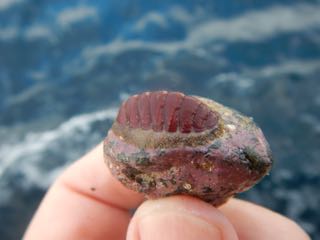
-
|
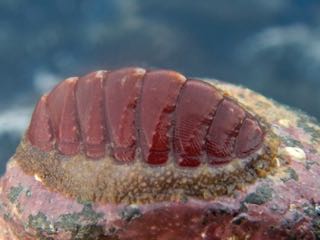
-
| 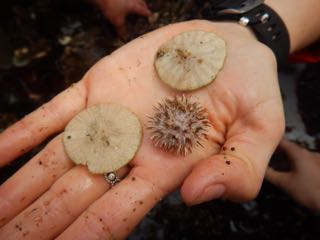
-
| 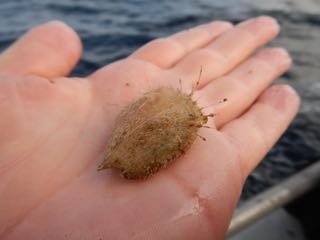
heart urchin (Lovenia cordiformis -- Next time we need to look for Waldo arthuri
Valentich-Scott, Ó Foighil, & Li, 2013, a small elusive commensal bivalve found on this heart urchin species. See: here.
|
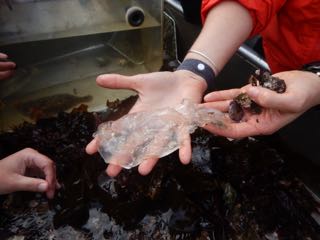
salp
| 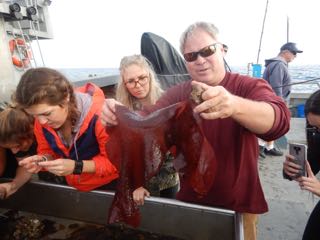
turkish towel red alga (Chondracanthus exasperatus)
| 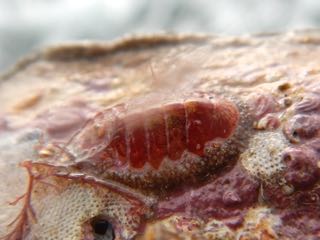
another Mopalia cf. acuta. Besides this species, we found eight other chiton species, as follows:
Dendrochiton gothicus (24), D. thamnoporus (2), Lepidozona scrobiculata (7), L. retiporosa (2), Callistochiton palmulatus (1), C. decoratus (1),
Leptochiton cf. rugatus (1; Eernisse et al., manuscript in prep.), and Deshayesiella cf. spicata (1; under investigation).
|
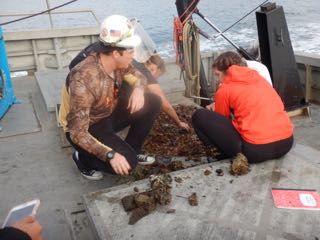
-
| 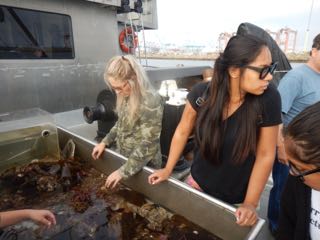
-
| 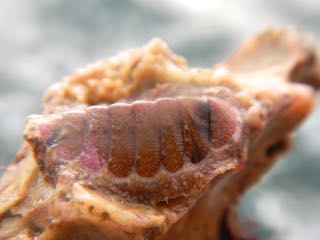
another Mopalia cf. acuta
|
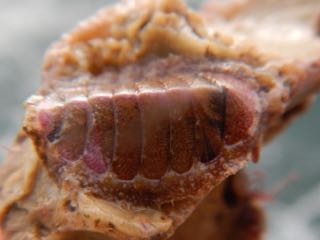
-
| 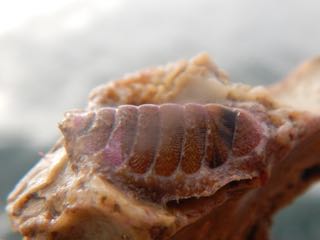
-
| 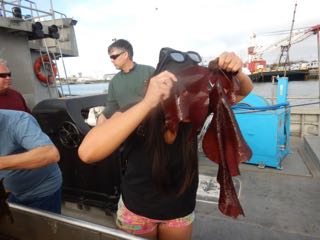
-
|
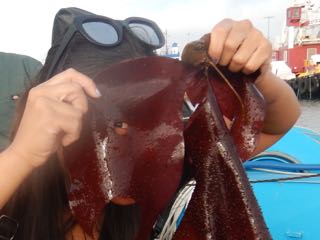
-
| 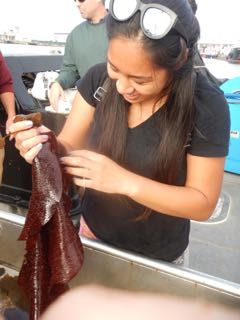
-
| 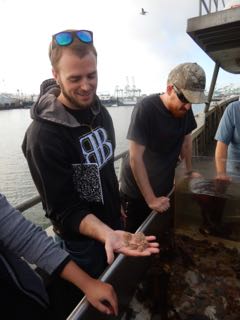
-
|
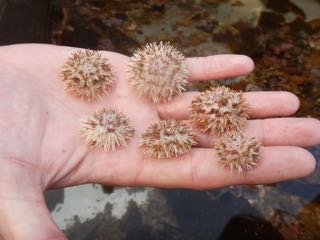
white sea urchin (Lytechinus anamesus)
| 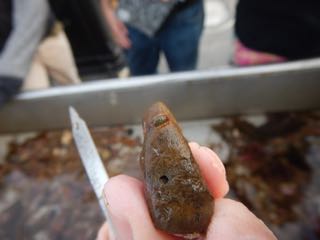
-
| 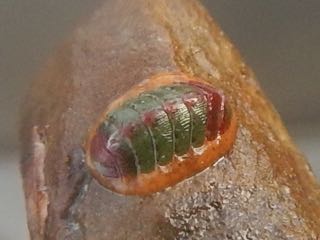
Dendrochiton gothicus
|
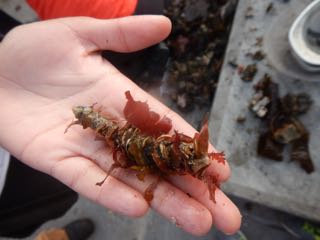
-
| 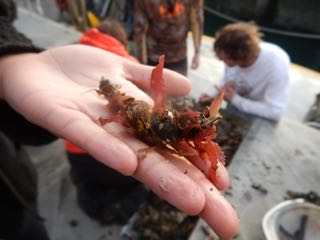
-
| 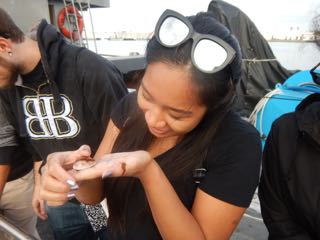
-
|
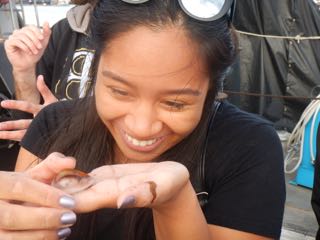
-
|
 Under Construction!
Under Construction! Under Construction!
Under Construction!